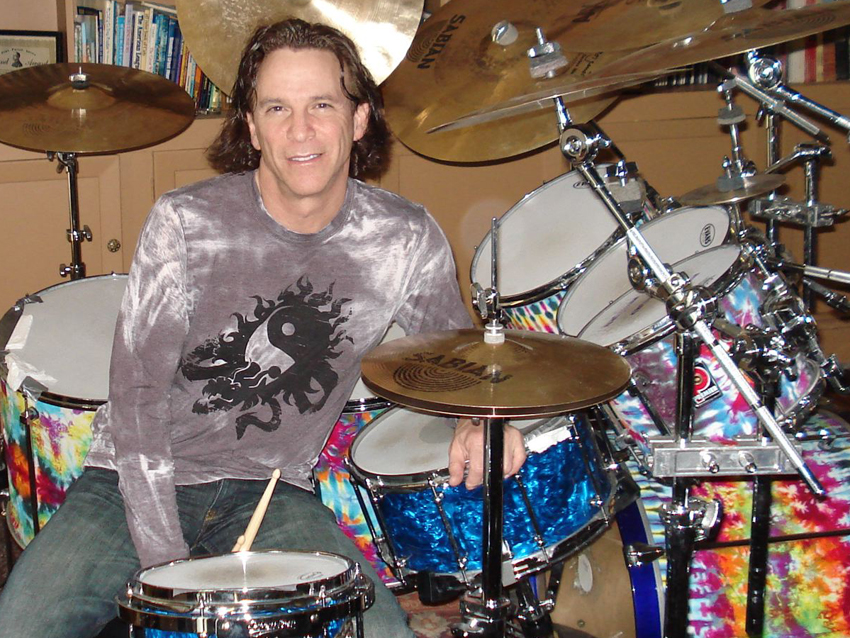
Rod Morgenstein picks 10 essential drum albums
Although he's celebrated for his idiosyncratic, virtuosic drumming in bands such as the Dixie Dregs, Winger, Jazz Is Dead and The Jelly Jam, among others, Rod Morgenstein says that great drum albums don't always have to pack explosive displays of technical firepower.
"What makes something a brilliant listening experience can vary album to album, drummer to drummer," he says. "The role that percussion plays in the music just has to draw you in somehow, and that can be anything. What moves me can be all over the map, but I always respond when somebody is inspired and it shines through."
Like so many other children of the '60s, Morgenstein bought a copy of Meet The Beatles after seeing the band's historic performance on the Ed Sullivan Show. Wearing out both sides of that disc, he marveled at Ringo Starr's wildly inventive, idiosyncratic playing. "He did these little things that were so interesting," Morgenstein says, "but it wasn't about being a show-off. He was just being himself, and he was integral to what was going on. He was one quarter of what made the music sound the way it did."
Three years later, Morgenstein's musical world turned upside down yet again when a friend sat him down and played The Jimi Hendrix Experience's Are You Experience. "I never heard a guitar played in quite that way before," he says, "but that also holds true for what Mitch Mitchell did on the drums. Hendrix was a very dominant figure, but to me, Mitch was just as important to the whole of the music. I was floored. Soon after that, along came John Bonham and Jethro Tull’s Clive Bunker and, of course, all the fusion guys. Drumming really opened up."
As one of fusion's most acclaimed drummers and highly respected instructors (16 years as a professor in the Percussion department at Berklee College of Music), Morgenstein has spent years analyzing the minutiae of musical composition and performance. Yet he's the first to admit that what distinguishes a great drummer from a good one can be a subtle, elusive difference.
"It’s always a question mark in my head," he says. "'What is it about this person’s feel that’s different from everybody else's?' is what I ask myself. A lot of times, it goes beyond ability and comes down to personality. If you can allow some aspect of your character to come out in your playing, you'll stand out, you'll drive the music. Any time I hear an album that's really great, it's because the drummer is driving the band."
On the following pages, Morgenstein runs down his choices for what he considers to be 10 essential drum albums (listed alphabetically by artist). "I could probably have picked 20 very easily," he says. "Led Zeppelin alone have several records where you're like, 'How can I decide? It's all too good!'"
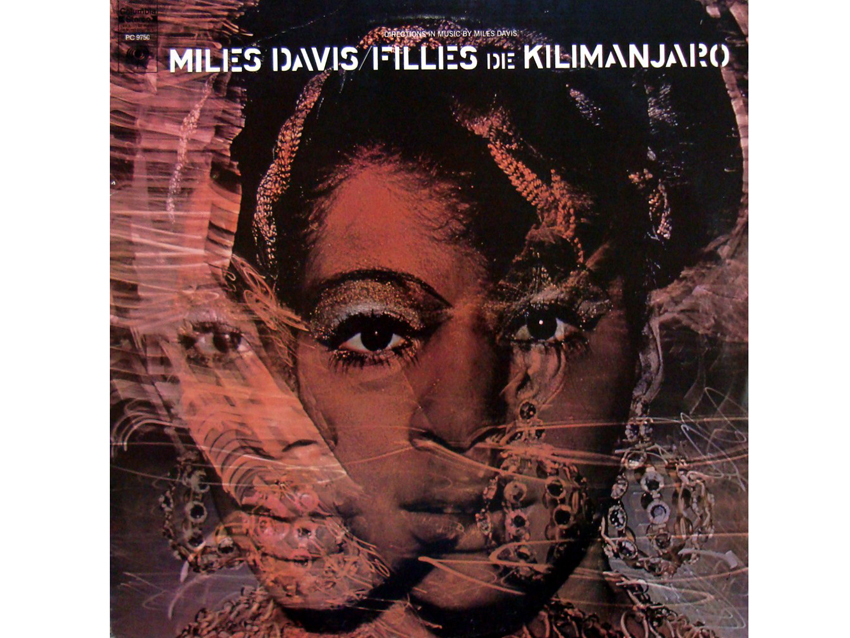
Miles Davis - Filles de Kilimanjaro (1968)
“Tony Williams is the drummer on this record, and he was just a youngster at the time. It’s a transition album for Miles – he used to be a bebopper, and here he’s moving towards Bitches Brew. It’s right at the tail end of the strictly jazz realm of his playing.
“There’s a song called Mademoiselle Mabry that I just love. It’s really simple, but it’s not something where the drummer is just keeping the beat – it’s more textural, just meandering around the drum set and hitting things. Out of nowhere, you’ll hear this whack on the snare, but it’s the perfect whack. Why do some things just make you go, ‘Yeah!’? To somebody else, a moment like that might result in a ‘Are you kidding me? That sucks!’ [Laughs] But I love it.
“There’s a lot of moments like that on this record. Tony Williams has a touch that really sticks out. He’s also playing on a classic Zildjian K cymbal that’s really nasty… but beautiful.”
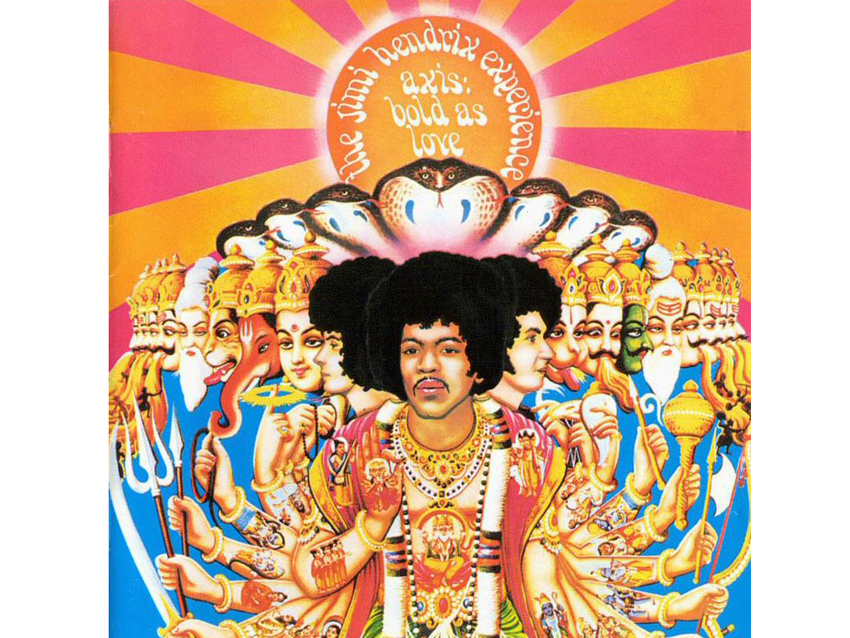
The Jimi Hendrix Experience - Axis: Bold As Love (1967)
“If I had to pick one drummer, Mitch Mitchell might be my biggest influence. I was pretty young and was taking lessons with a big band jazz drummer, Howie Mann, who exposed me to another world that was quite different from rock ‘n’ roll. When I heard Mitch Mitchell, however, I could tell right away that he was a jazz player. What he brought to the music that Jimi Hendrix wrote was very unique and unheard of at the time.
“There seems to be a lack of calculation to the playing – everybody is in the moment, doing what they feel – and I chalk that up to the jazz approach as well. Everybody in the band had that spirit, but you can really hear it in Mitch’s playing.
“What truly defined Mitch Mitchell were songs like Up From The Skies, where he played brushes – nobody had played brushes in a rock setting before – and Little Wing, which has two of the most classic drum fills of all time. Little Miss Lover and If 6 Was 9 are amazing examples of signature drum beats. And it’s all on one record! That’s pretty incredible.”
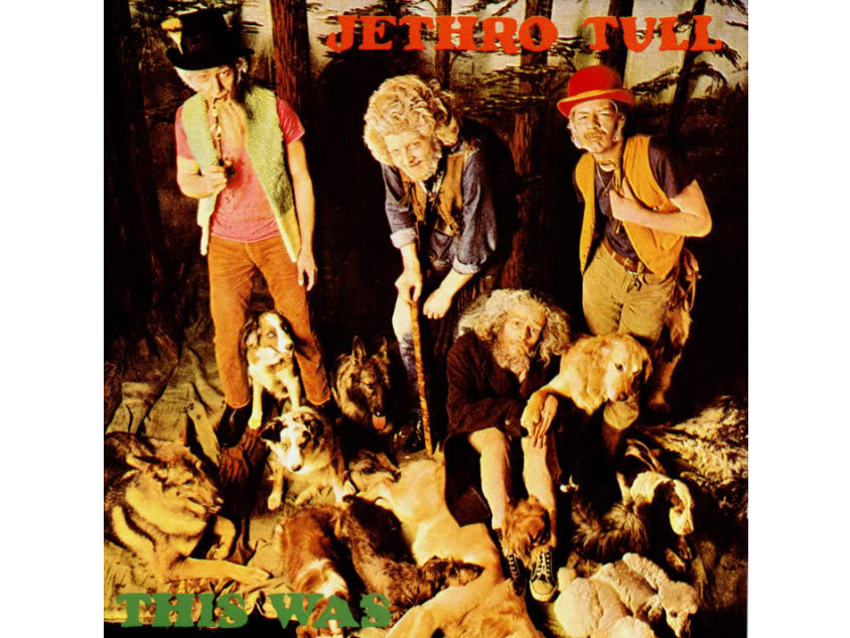
Jethro Tull - This Was (1968)
“I’d never heard anything like this before. Back then, Tull were very much a blues band, but Clive Bunker was a real big band drummer. He had a very busy style, but it worked for the format.
“There’s a song on the album called Dharma For One that has a short drum solo, but they would stretch it out live. It was the first drum solo I ever witnessed in concert. That really sticks out as being a big moment for me.
“The opening track, My Sunday Feeling, has the same feel as Manic Depression. It’s a rocked-out, jazzy kind of thing, and Clive, coming from the big band school of drumming, brings it all together beautifully. Another great one is Cat’s Squirrel, which is almost like a jam song. I just love Clive’s reckless abandon behind the kit. It’s like he made it all up as he went along, with so much spirit and energy.”
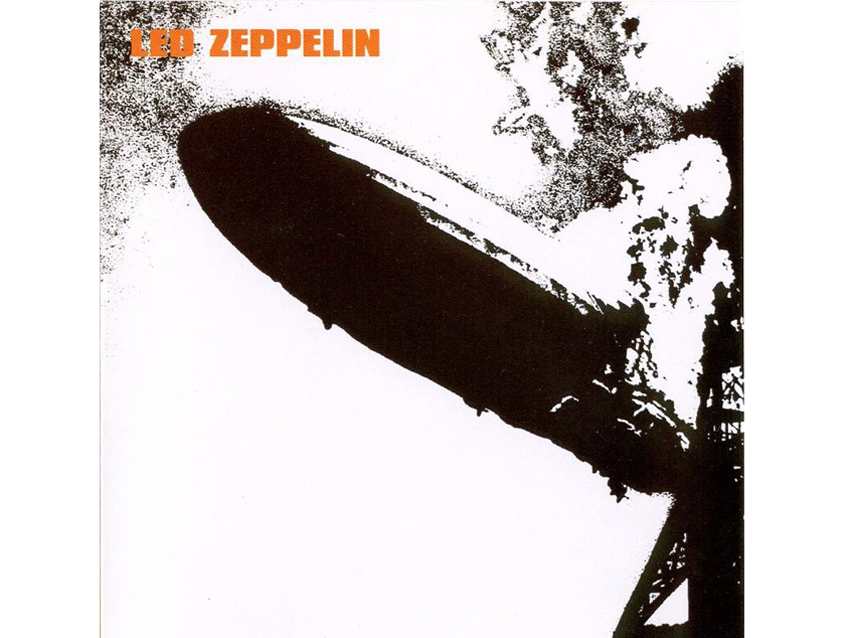
Led Zeppelin - Led Zeppelin (1969)
“I remember standing in my living room when I was 16 and hearing Scott Muni saying, ‘And here’s a new supergroup from England, Led Zeppelin.’ He played Dazed And Confused, and I was just frozen in place. I could tell that I was hearing something important.
“Between that song and You Shook Me, along with How Many More Times and Good Times Bad Times, drummers had a lot to figure out. Good Times Bad Times was the first time I ever heard a drummer on a single bass drum play like it was a double. For a few seconds, I thought my record was scratched and maybe I should return it, but then I realized, ‘Oh, wait, he’s actually playing it!’ [Laughs] Remarkable.
“Dazed And Confused, with that middle section – I’d never heard a drummer hit so hard. Mitch Mitchell and Clive Bunker were more jazzy players; they're touch was lighter. Now, Bonham also had swing, but he attacked the drums. He hit way harder than any drum teacher would allow. But listen to How Many More Times – there it is, it starts with a swing.
“There are plenty of other Zeppelin songs and albums that changed the way I look at playing, but on this record alone there are so many elements that took the art of rock drumming to a whole new level.”
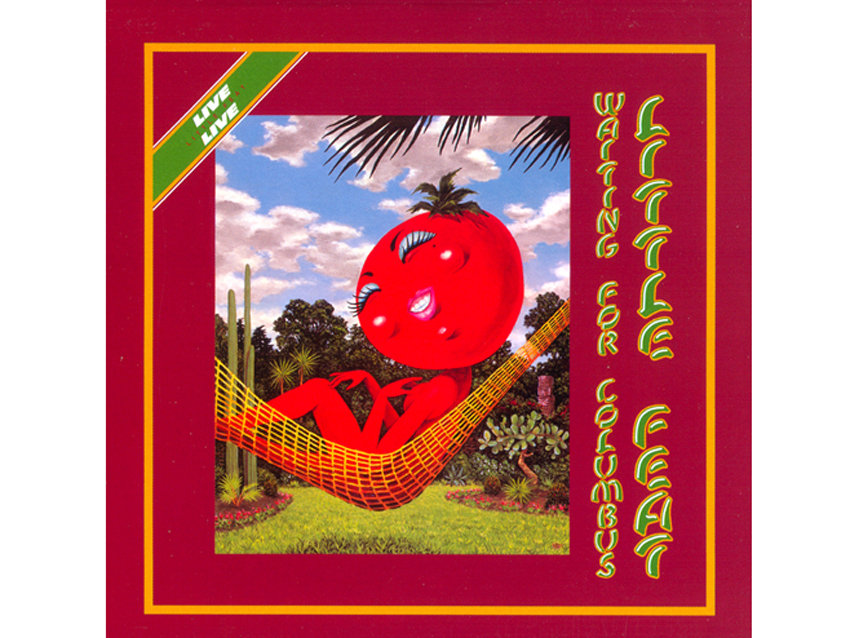
Little Feat - Waiting For Columbus (1978)
“It’s a live album, the expanded release, and one of the reasons I picked it is because Day At The Dog Races is on it, and I’m not sure if it’s on any of the band’s studio albums. It shows their fusion-y/jazz side, and it’s really beautiful.
“I was so sad when Richie Hayward passed away. He’s one of my favorite drummers, and he defined feel. He didn’t have a lot of chops, but his playing had this slop that made it so interesting to listen to. The band’s whole sound was so laid back and groove-oriented, with this New Orleans vibe, and Richie was the perfect drummer for what they did.
“After Lowell George died, the Dregs did a tour with the band – at this point, Paul Barrere was singing lead – and I got to hang with Richie a lot. Talk about a character. He came backstage and saw me warming up on my practice pad. He took a look at me and said, ‘Man, how do you do that? You practice?’ Because he just went on stage, and after a few tunes, he was all warmed up. Not a lot of guys could do that and still be great.
“You can’t say enough about personality and musical individuality, and Richie was the perfect example of ‘I’m going to play the way I play.’ He wasn’t technical, but he was his own man behind the drums.”

Mahavishnu Orchestra - The Inner Mounting Flame (1971)
“This one changed my life more than any other record. Nobody had ever heard music like this before. Here were a bunch of jazz musicians coming together and fusing the intricacies of jazz harmonies with the power and drive of rock. Some people just do it for you, and there were things in the melodies and the harmonies and the riffs of this music that brought me to another place.
“In the middle of everything, sitting in the driver’s seat and propelling the music, was Billy Cobham. I don’t know if I can pick a single song here, because every cut is a fascinating study in time signatures. I wore out the grooves on every part of this record trying to figure out what Billy was doing.
“Meeting Of The Spirits is in 6/8, but there’s always an anticipated cymbal crash that surprises you. Dawn is a beautiful ballad, but it in middle it goes into something that’s in 7/4 or 7/8, whatever you want to call it. The Noonward Race is a really fast, intense song with tons of ghost strokes. And on Vital Transformation, Billy plays one of his signature grooves.
“Dance Of Maya is probably the coolest song on the record. It starts out with a guitar line that sounds like quarter notes, but when the band comes in, they’re playing a shuffle in a completely different time feel from those notes. As it turns out, the time signature is 20/8. Unreal.”
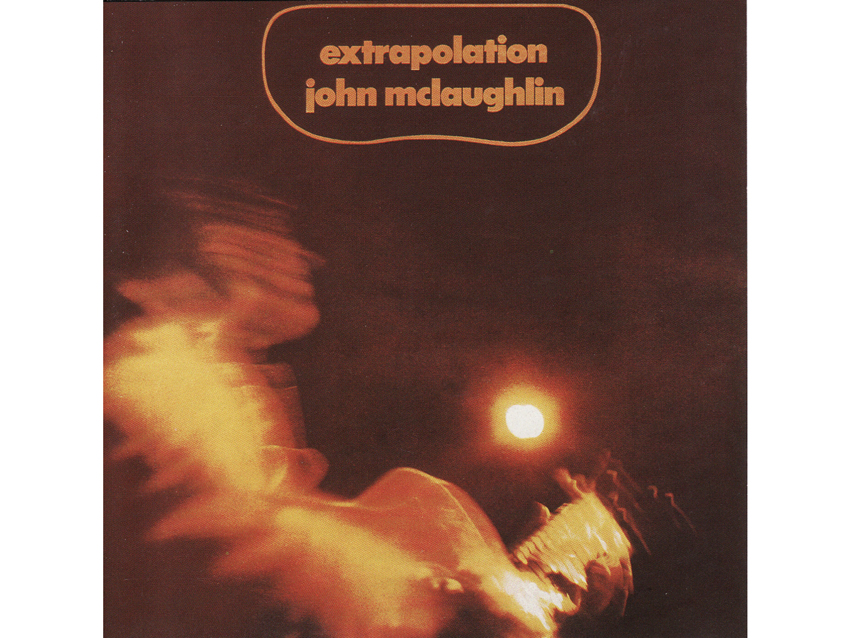
John McLaughlin - Extrapolation (1969)
“It came out before Mahavishu Orchestra, but I was turned on to it after the fact. There’s a song on it called Binkey’s Beam that’s the precursor to Celestial Terrestrial Commuters on Mahavishnu’s Birds Of Fire. The drummer is a guy named Tony Oxley, and he's pretty unbelievable.
“This is the first time that I heard a drummer using his foot on the hi-hat as an integral part of the musical conversation. The songs that stick out are the title track, along with Binkey’s Beam and one called Arjen’s Bag. Remarkable stuff.”
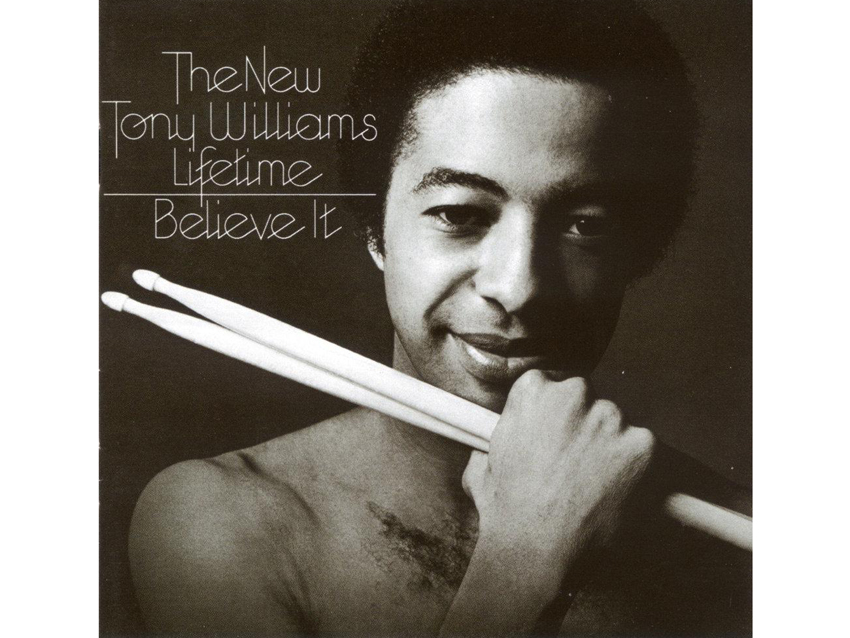
The New Tony Williams Lifetime - Believe It (1975)
“I can’t say enough good things about Tony Williams. This is a guy whose credo seemed to be ‘Who cares if I fall on my ass? I’m going for it!' He was all about being in the moment. He played what he played because he didn't overanalyze it. It flowed out of him.
“The songs Fred, Proto-Cosmos and Wildlife are the three that really stand out. Tony has a jazz-swing feel that’s unlike anybody else’s. If you ask a hundred different drummers to play something, a lot of them might sound the same or even close to the same, but will always be that one guy who will do something slightly different, and that's Tony. You hear him, and immediately you know who it is. Even when he plays something a moment late or early, it’s still perfect – and unique.
“Fred, Proto-Cosmos and Wildlife are great songs, but Tony’s drumming on them really make them exceptional. He lifts everything to a really special place."
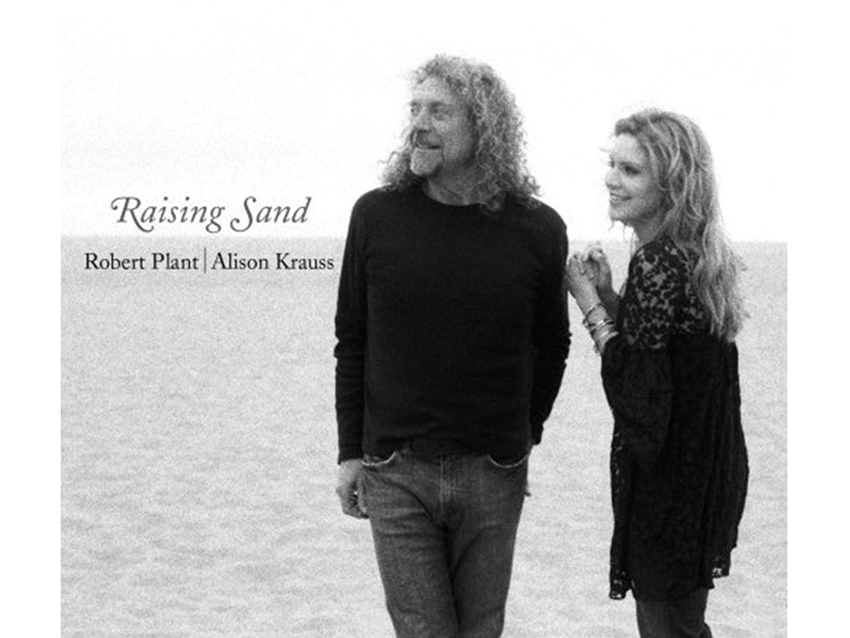
Robert Plant/Alison Krauss - Raising Sand (2007)
“I also want to make an honorable mention of the drummer who played on Plant’s Band Of Joy record, Marco Giovino, who is wonderful. Jay Bellerose is the on Raising Sand, and he’s really great.
“I just assumed that the drumming on Raising Sand was put together piece by piece, but it wasn’t. It’s super-earthy and dark, and the ride cymbal sound is really cheesy, but it’s perfect for the music. I met Jay on the Raising Sand tour, and I was very impressed with his kit. It was pretty old, from the 1940s – I don’t know the name of the manufacturer – and there was no metal on it. Back in the ‘40s, metal had to be used for making bombs and tanks for World War II, so Jay’s kit was all wood.
“It was a giant bass drum, one rack tom, one floor tom, one ride cymbal – that nasty, cheesy ride from the record – and I don’t think there was a hi-hat. He kept Velcroing different percussion to his leg. He didn’t play every song with drumsticks. One song might have a maraca as his riding stick. Marco Gionino takes that approach to another level himself.
“There’s nothing technical about the drumming on Raising Sand – it’s all feel – and the idea was to make the drums sound different song to song by hitting them with different utensils. Instead of sticks, there might be a mallet or a stick with a maraca taped to it. It’s a really creative approach.
“I don’t want to say this is the future, but when you see somebody apply their creativity in a new way, it’s special.”
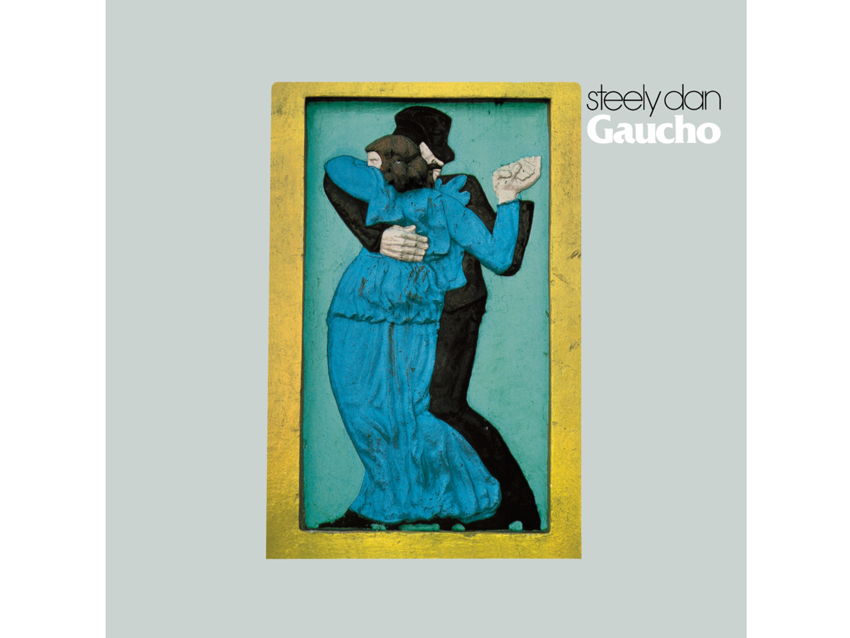
Steely Dan - Gaucho (1980)
“There were multiple drummers on this album. You had Jeff Porcaro, Bernard Purdie, Steve Gadd and Rick Moratta. I know that Bernard Purdie played on Babylon Sisters, but I don’t know who specifically played on the other cuts. In any event, it’s all great.
“Steely Dan took a long time to make their albums. I remember Jeff Porcaro saying that they did about 150 edits on one of his songs. It’s amazing that you can manipulate a performance like that. The argument on one side is that you’re taking all of the life out of a person’s playing, but the end result is a recording that sounds amazing. Maybe if the performance is so perfect, you can’t ruin it. Gaucho certainly proves that.
“The ultimate goal of music isn’t always, ‘Hey, it’s one take, and here’s what we did.’ No, sometimes it’s ‘This is what we did in order to get it to sound amazing.’ If it moves you, it’s right. In the case of Steely Dan, they were real studio rats, and they analyzed each nuance of a performance to achieve something spectacular."

Joe is a freelance journalist who has, over the past few decades, interviewed hundreds of guitarists for Guitar World, Guitar Player, MusicRadar and Classic Rock. He is also a former editor of Guitar World, contributing writer for Guitar Aficionado and VP of A&R for Island Records. He’s an enthusiastic guitarist, but he’s nowhere near the likes of the people he interviews. Surprisingly, his skills are more suited to the drums. If you need a drummer for your Beatles tribute band, look him up.
"At first the tension was unbelievable. Johnny was really cold, Dee Dee was OK but Joey was a sweetheart": The story of the Ramones' recording of Baby I Love You
"Reggae is more freeform than the blues. But more important, reggae is for everyone": Bob Marley and the Wailers' Catch a Fire, track-by-track
"At first the tension was unbelievable. Johnny was really cold, Dee Dee was OK but Joey was a sweetheart": The story of the Ramones' recording of Baby I Love You
"Reggae is more freeform than the blues. But more important, reggae is for everyone": Bob Marley and the Wailers' Catch a Fire, track-by-track









